Help with honed granite color
laiquatan
15 years ago
Related Stories
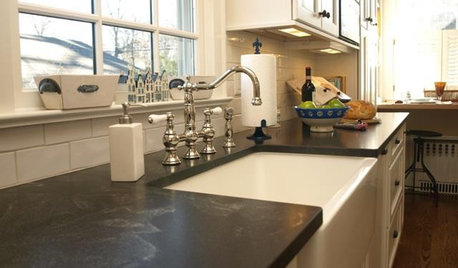
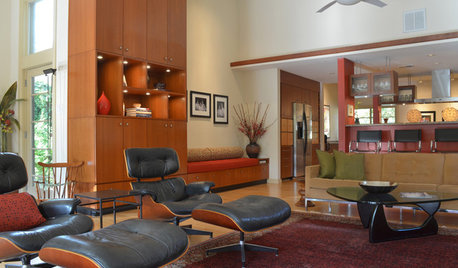
MIDCENTURY HOMESMy Houzz: Two Decades Hone a Ju-Nel Home to Perfection
'Well-marinated' renovations turn a 1959 home in Dallas into a comfortable, open modernist wonder
Full Story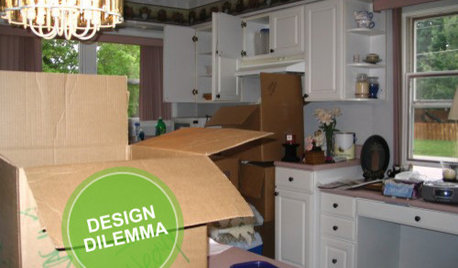
KITCHEN DESIGNDesign Dilemma: My Kitchen Needs Help!
See how you can update a kitchen with new countertops, light fixtures, paint and hardware
Full Story
SELLING YOUR HOUSE5 Savvy Fixes to Help Your Home Sell
Get the maximum return on your spruce-up dollars by putting your money in the areas buyers care most about
Full Story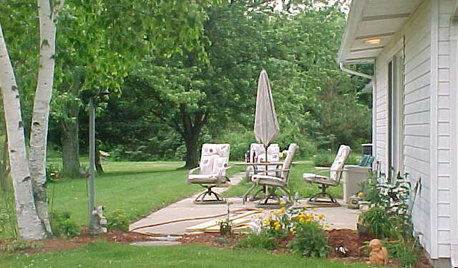

ARCHITECTUREHouse-Hunting Help: If You Could Pick Your Home Style ...
Love an open layout? Steer clear of Victorians. Hate stairs? Sidle up to a ranch. Whatever home you're looking for, this guide can help
Full Story
BATHROOM WORKBOOKStandard Fixture Dimensions and Measurements for a Primary Bath
Create a luxe bathroom that functions well with these key measurements and layout tips
Full Story
SELLING YOUR HOUSEHelp for Selling Your Home Faster — and Maybe for More
Prep your home properly before you put it on the market. Learn what tasks are worth the money and the best pros for the jobs
Full Story
EXTERIORSHelp! What Color Should I Paint My House Exterior?
Real homeowners get real help in choosing paint palettes. Bonus: 3 tips for everyone on picking exterior colors
Full Story
KITCHEN DESIGNKey Measurements to Help You Design Your Kitchen
Get the ideal kitchen setup by understanding spatial relationships, building dimensions and work zones
Full StoryMore Discussions






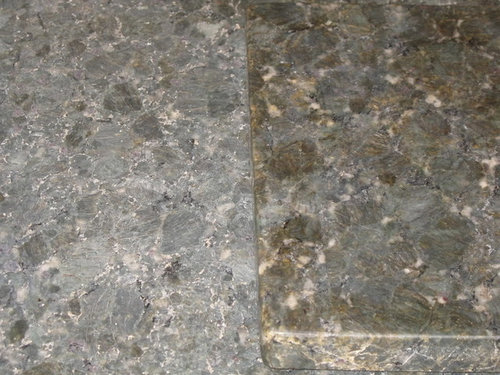




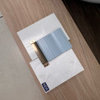
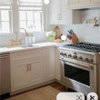
southern_2008
laiquatanOriginal Author
Related Professionals
Cuyahoga Falls Kitchen & Bathroom Designers · Frankfort Kitchen & Bathroom Designers · Hammond Kitchen & Bathroom Designers · Schaumburg Kitchen & Bathroom Designers · Southampton Kitchen & Bathroom Designers · Crestline Kitchen & Bathroom Remodelers · Glen Carbon Kitchen & Bathroom Remodelers · Tuckahoe Kitchen & Bathroom Remodelers · Weymouth Kitchen & Bathroom Remodelers · Oakland Park Cabinets & Cabinetry · Plymouth Cabinets & Cabinetry · Red Bank Cabinets & Cabinetry · Niceville Tile and Stone Contractors · Boise Design-Build Firms · Castaic Design-Build Firmsjb1176
laiquatanOriginal Author
jb1176
november
laiquatanOriginal Author
jb1176
laiquatanOriginal Author
petra_granite
laiquatanOriginal Author
jb1176
petra_granite
laiquatanOriginal Author
jejvtr
laiquatanOriginal Author